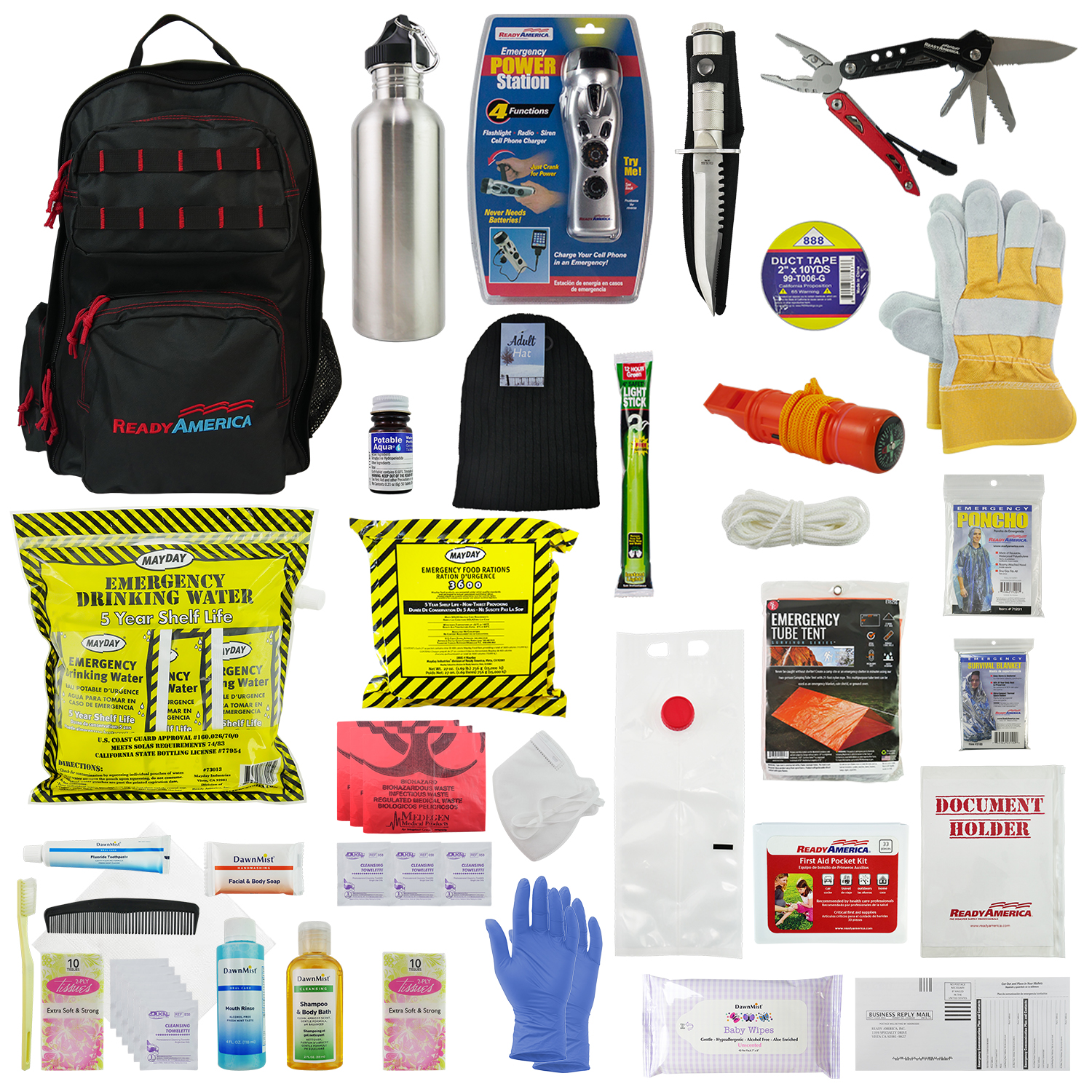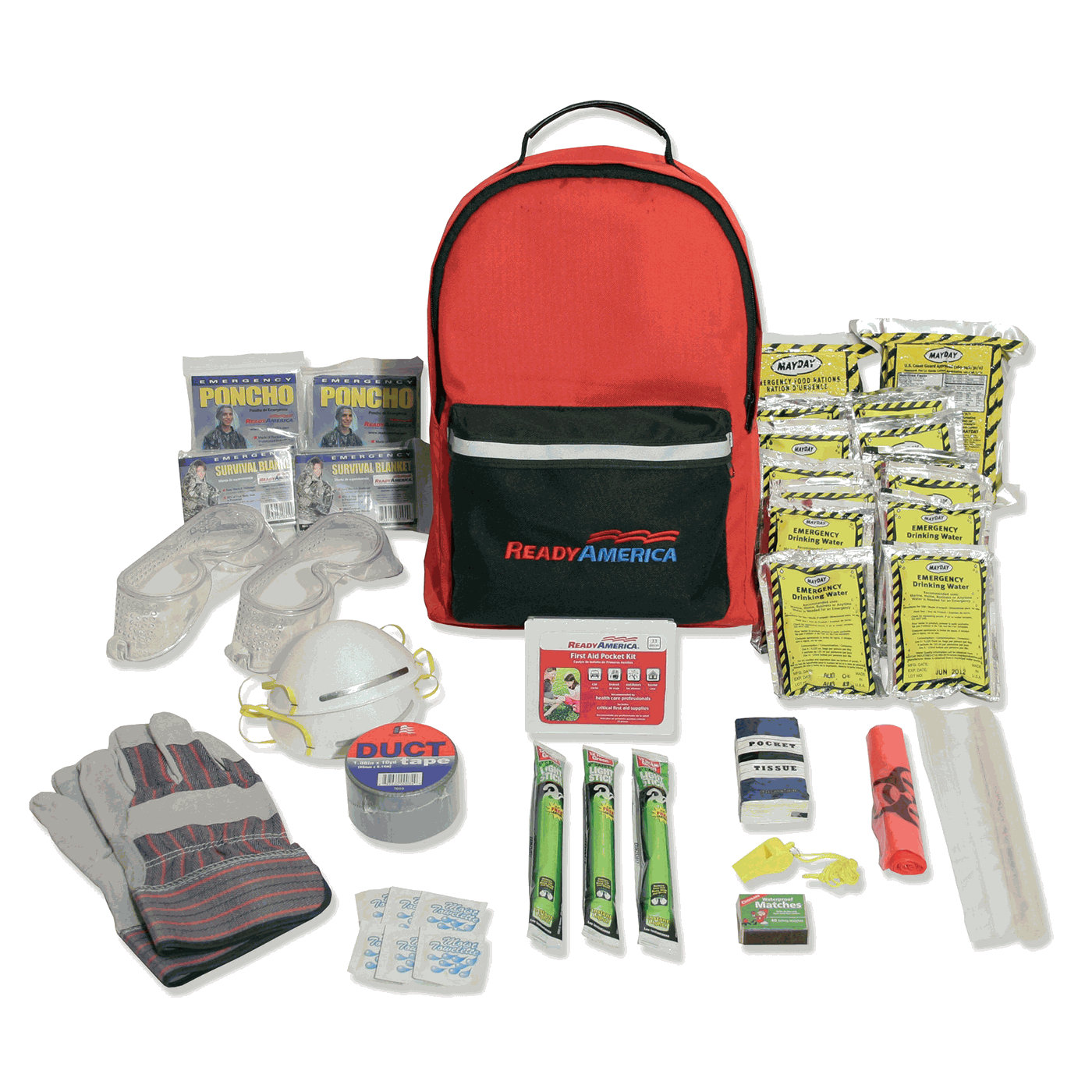Take Control with Emergency Preparedness: Protecting What Issues Most
Take Control with Emergency Preparedness: Protecting What Issues Most
Blog Article
Exactly How to Establish a Comprehensive Emergency Readiness Strategy
In the realm of readiness, establishing an extensive emergency strategy is not merely a job to inspect off a list; it is a crucial cornerstone of any kind of company or person's durability method. By carefully crafting a strategy that addresses numerous aspects of emergency management, including danger analysis, interaction procedures, source appropriation, and tactical decision-making, one can lay a strong structure for safeguarding possessions, operations, and lives.
Importance of Emergency Preparedness
Emergency readiness is essential for alleviating possible threats and guaranteeing the safety and security of areas and people. In today's globe, where all-natural calamities, public health and wellness dilemmas, and other emergency situations can strike without warning, being prepared can make a significant difference in reducing the influence of these events. By having a well-thought-out emergency situation readiness strategy in place, organizations and people can react successfully, safeguard lives, and minimize residential property damage.
Among the main reasons why emergency readiness is important is its role in saving lives. Having a strategy that lays out clear treatments for emergency, interaction, and emptying response can assist individuals act promptly and emphatically when emergencies occur (This Site). This can stop injuries and casualties by ensuring that individuals know what steps to take to stay secure
Additionally, emergency readiness enhances the resilience of areas. By cultivating a culture of preparedness and preparation for numerous situations, communities can recuperate quicker from disturbances and disasters. This resilience is necessary for maintaining security, continuity of procedures, and total well-being when faced with misfortune.
Assessing Possible Risks
Taking into consideration the significance of being planned for unpredicted events, the first action in creating an effective emergency situation preparedness plan entails thoroughly reviewing and assessing possible risks. This analysis calls for a detailed evaluation of all possible threats that might influence the company, taking right into account aspects such as place, industry, and historic information on occurrences. By identifying these dangers, companies can prioritize their preparedness efforts and assign resources efficiently to reduce the most significant dangers.
Typical risks that organizations may encounter consist of natural calamities like typhoons, earthquakes, or floods, technical dangers such as power outages or information breaches, in addition to human-caused risks like mishaps or willful acts of violence. Performing a danger assessment likewise entails considering the prospective influence of these occasions on the organization's procedures, staff members, customers, and reputation. By conducting a comprehensive threat assessment, organizations can establish tailored emergency feedback strategies that address their certain vulnerabilities and ensure efficient preparedness for any type of potential crisis.
Producing an Interaction Plan
Creating a detailed and clear interaction plan is crucial for reliable emergency situation preparedness within companies. In times of situation, interaction plays a critical function in guaranteeing the security and well-being of employees, stakeholders, and the community. A well-thought-out interaction plan ought to describe clear lines of communication, mark vital personnel accountable for interaction jobs, and establish methods for distributing info quickly and accurately.
One secret element of developing an interaction plan is determining alternating and primary communication channels (EMERGENCY PREPAREDNESS). These can consist of e-mail, message messaging, phone trees, social media sites systems, and public address systems. It is vital to ensure that these networks are dependable, accessible, and routinely checked to guarantee their efficiency throughout emergency situations

Building an Emergency Situation Package
Offered the essential importance of readiness in times of dilemma, a vital element that organizations should resolve is the establishment of an emergency situation kit. When setting up an emergency situation kit, it is important to take into consideration the specific demands and situations of the company. Furthermore, organizations should consist of important files, such as call checklists, insurance policy info, and emergency feedback strategies, in water resistant containers within the set.
Establishing Evacuation Treatments
To ensure the safety and security and organized emptying of personnel throughout emergencies, organizations have to develop efficient and clear discharge treatments. Discharge treatments should include a series of potential circumstances, consisting of fires, all-natural catastrophes, or various other emergency situations that require speedy emptying.

Additionally, organizations should develop a system for accounting for all employees throughout an evacuation to make certain that every person has actually securely left the properties. Interaction plays an essential role in emptying treatments, with clear guidelines on exactly how to leave and when to do so. Normal evaluation and updating of evacuation treatments based on comments and changing conditions are vital to keeping the efficiency of the strategy.
Conclusion
Finally, developing a thorough emergency preparedness plan is vital for making sure the security and well-being of individuals in case of a catastrophe (EMERGENCY PREPAREDNESS). By examining prospective threats, creating a communication plan, developing an emergency situation kit, and developing evacuation organizations, procedures and people can be better furnished to react successfully to emergencies. It is very important to prioritize readiness efforts to minimize the impact of disasters and protect lives and property
In the world of preparedness, creating a detailed emergency situation pop over to this site plan is not simply a task to inspect off a list; it is a necessary keystone of any kind of organization or person's resilience method. When emergencies occur, having a plan that details clear treatments for evacuation, communication, and emergency feedback can help people act swiftly and emphatically. reference. By performing a comprehensive danger analysis, organizations can develop tailored emergency feedback plans that address their specific vulnerabilities and make sure reliable readiness for any possible crisis
Establishing a comprehensive and clear communication plan is crucial for effective emergency situation readiness within companies. By analyzing possible threats, developing an interaction strategy, building an emergency package, and developing emptying companies, people and procedures can be better equipped to respond efficiently to emergency situations.
Report this page